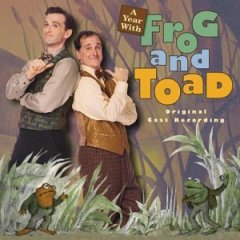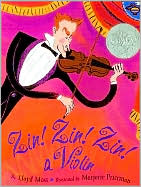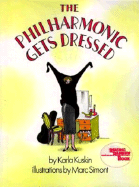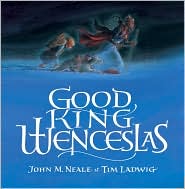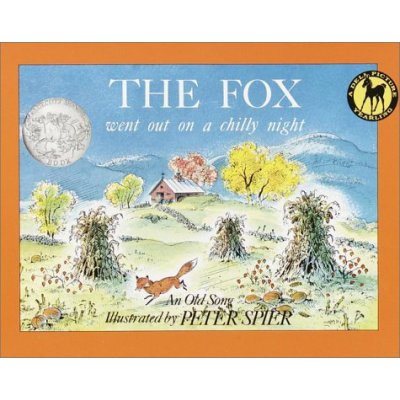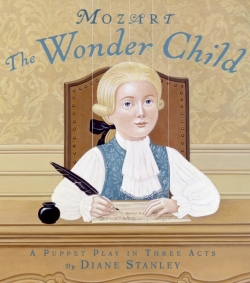 Mozart is a perfect candidate for a picture book biography, and Diane Stanley's Mozart: The Wonder Child, A Puppet Play in Three Acts (HarperCollins, 2009) is, in my view, a perfect example of one: informative and engaging text, well-chosen detail, lots of back matter, and--this is important--beautiful design.
Mozart is a perfect candidate for a picture book biography, and Diane Stanley's Mozart: The Wonder Child, A Puppet Play in Three Acts (HarperCollins, 2009) is, in my view, a perfect example of one: informative and engaging text, well-chosen detail, lots of back matter, and--this is important--beautiful design.
Stanley, who has written and illustrated eleven other picture book biographies, is past master at this art. She was inspired to present Mozart's life as a puppet play by the Salzburg Marionette Theatre (thus the strings). I'm not convinced that this is a puppet play, although I like the three-act structure of the text; the art (minus the strings) is, however, exquisite, and of course everyone is lavishly dressed. I particularly like the handwritten musical staffs that correspond to what Mozart is composing on a given page; and the way the footnotes, which are designated by quarter and eighth notes, are presented on scrolls by little cherubs.
With younger children, read Play, Mozart, Play (a play on words) by Peter Sis (Greenwillow, 2006). For older children, pair this with Mozart: The Boy Who Changed the World With His Music (with reproductions of portraits and other paintings, and photos of places) by Marcus Weeks (National Geographic, 2007).
Most important, listen--or play!--some of Mozart's music. After reading this together, Leo asked if he could learn to play something by Mozart on his violin, and was surprised to learn that Mozart had composed (variations on) his very first piece: Twinkle, Twinkle, Little Star. Maybe you know it?

